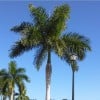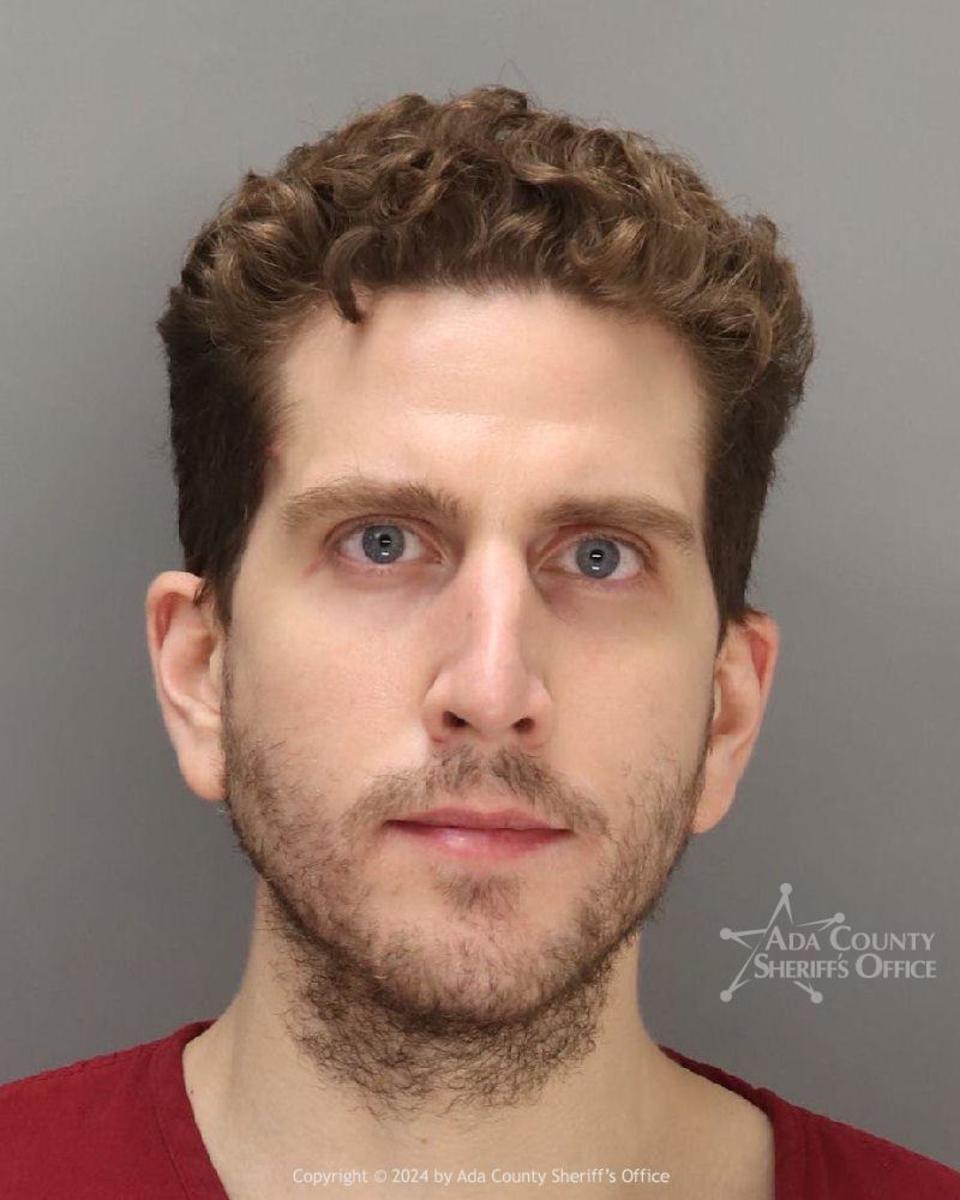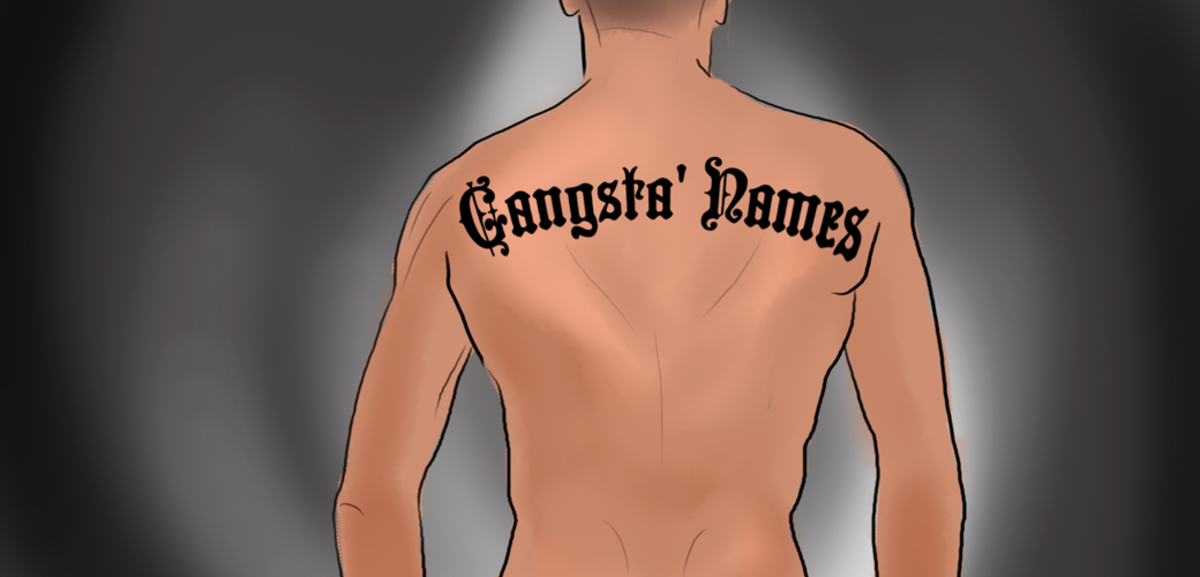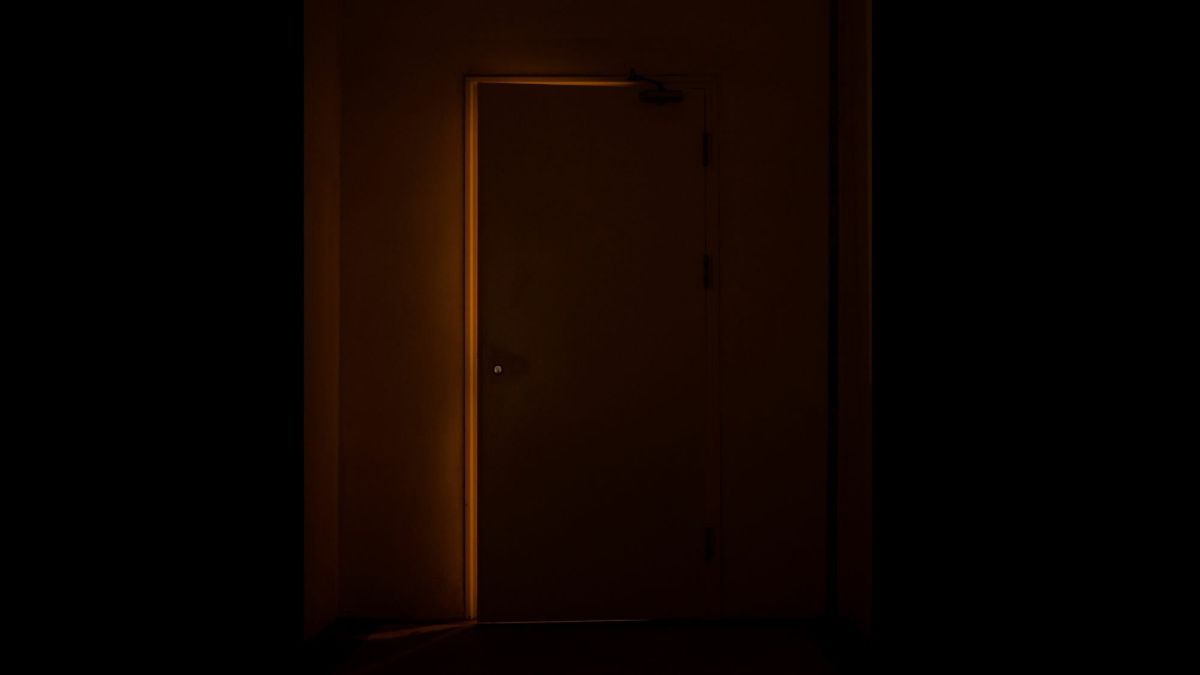From Covidication to Vindication: Our emergence from COVID-19
The first time was 75,000 years ago. Named Toba, a supervolcano in Sumatra exploded filling the atmosphere with billions of tons of sun-blocking fine ash and dropping the global temperature between 3 and 15°C.
With the volcano's blast, dark, dusty clouds rose in growing gulps, expanding and conquering as they elevated, roaring and flaring as rocks and lightning filled the air. The monster overcast of pyroclastic clouds, incendiary boulders and toxic, sulfurous gases swallowed each inch of Sumatra within hours. The black gloom expanded like a fast-growing mole on the surface of the Earth, rushing over neighbour islands and the Indian Ocean, dominating the air and the seas and reaching for the Indian subcontinent within a day, and soon after, the South China Sea and the Arabian Peninsula. In a week, the gust reached Africa's east coast.
Ashes, descending from the stratosphere stained baobabs, sandalwoods and sycamores with a greyish blend of silicon, aluminium, iron and other metal oxides. A caustic mix that contaminated land and water and that killed upon contact by inhibiting vegetation's transpiration and photosynthesis and by burning tree's leaves with its acidity. As ashes penetrated between treetops they blanketed the inner canopy and descended on flowers, fruits, branches, bird nests, insects. In route to the ground, the dust might have found its way to the tattooed skin and the furrowed brow of a tribe's spiritual leader, whose irritated eyes, looking up in hope to understand the non-sense, were blood red.
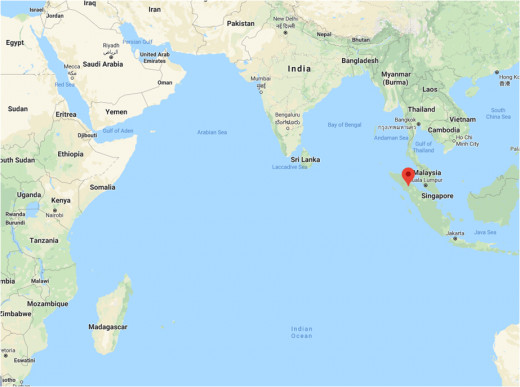
After the burns and the thirst and the hunger, came the cold. The event likely forced tribes to leave their natural shelter and escape for new lands. In their path, they probably met other tribes and exchanged knowledge and discussed solutions, communication that improved their language resources, that sharpened their negotiation skills. Perhaps, the Toba event was the spark that impelled sapiens to conquer new continents. Our ancestors grew more resourceful and capable from the cataclysm. We know it. We have more than seven billion proofs.
As the war against SARS-CoV-2 crawls to its turning point we can't ignore that our world is changing beyond deaths, lockdowns and economic slides. The stir is shaking too areas of our physical, psychological and social environment in ways unthinkable just a few months ago. But we are adapting. Quickly.
In early March, when the prospects of the passengers and crew of Grand Princess cruise were uncertain, a breeze of cheer and optimism arrived from an unlikely source. Acclaimed Chef José Andrés set up a tent at the side of the boat and fork-lifted fresh meals. In Newfoundland, neighbours restocked the fridge of a couple arriving from the US. In Calgary, firefighters are cheering kids on their birthdays with lights-flashing trucks. Empathy has taken on a new significance under COVID-19. Perhaps, the pandemic put a red light in front of our fast pacing lives and is making us redefine our values, come back to the humanness deep in our bones.
Our technical environment is changing too. From grocery shopping to presidential campaigns we are learning to be effective under new conditions, perhaps even more than under the preceding status quo. The virus invasion into our lives has driven us to revise centuries' old traditions. For the first time in history, primary and secondary school teachers broke away from the classrooms to teach a regular course. The circumstances will add to our arsenal new means and skills even after the teachers come back to the front of the chalkboard.
Martians were unprepared to face the Earth's tiniest inhabitants in H.G.Wells' novel. We too could have been better prepared. Years of warning by renowned epidemiologists weren't enough to move governments to action. But this is not the time for incrimination. Science has come to help with the heavy weapons of recent advances. The genetic makeup of the virus was deciphered within days, soon followed by the elucidation of the virus structure and the three-dimensional configuration of its proteins—critical elements in the design of vaccines and diagnostics. We learned more about SARS-CoV-2 in a week than what we knew about the Spanish flu virus for fifty years.
As these lines are written, thousands of scientists are developing vaccines, methods of treatment and diagnosis, industries are retooling to produce medical equipment, towns and cities are responding with discipline, governments are assisting those in most need. We will emerge more knowledgeable and better prepared from the crisis. Perhaps more united too. And wiser. And stronger. Like our ancestors did 75,000 years ago.
